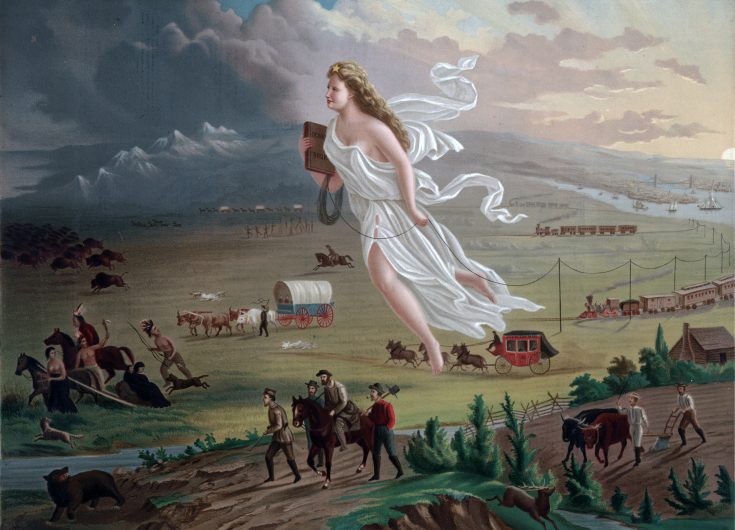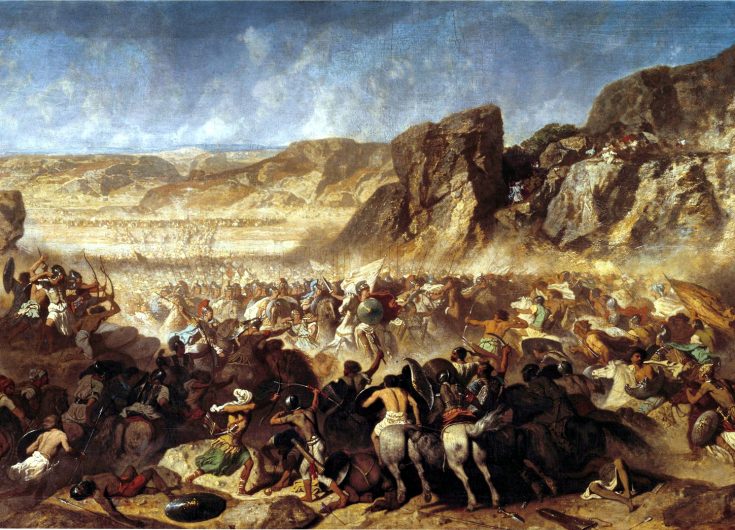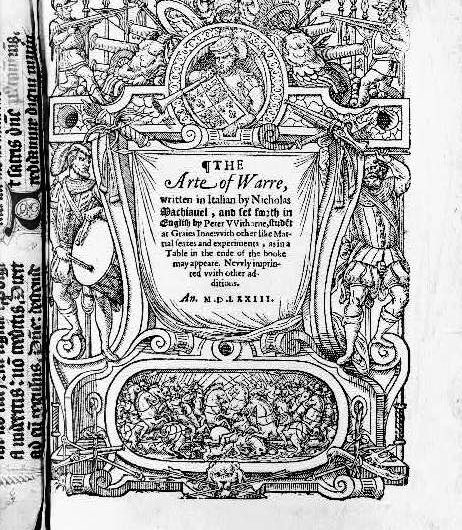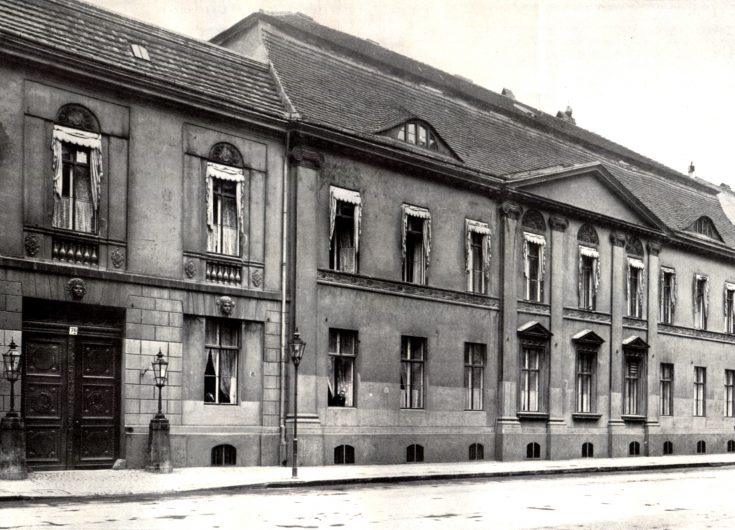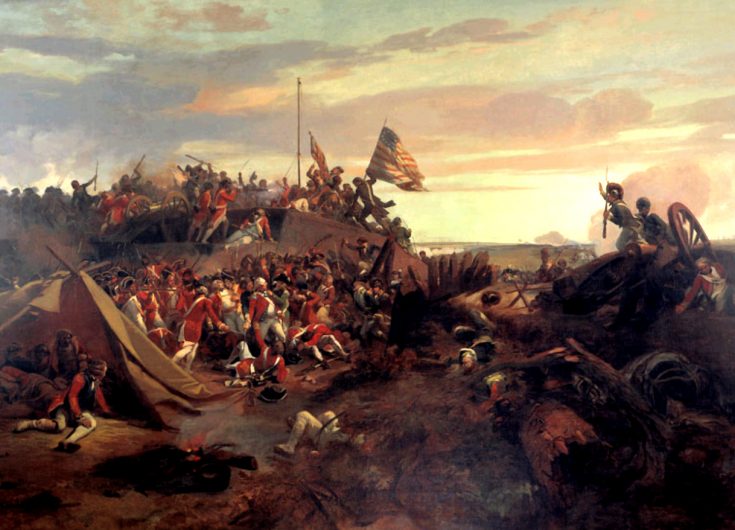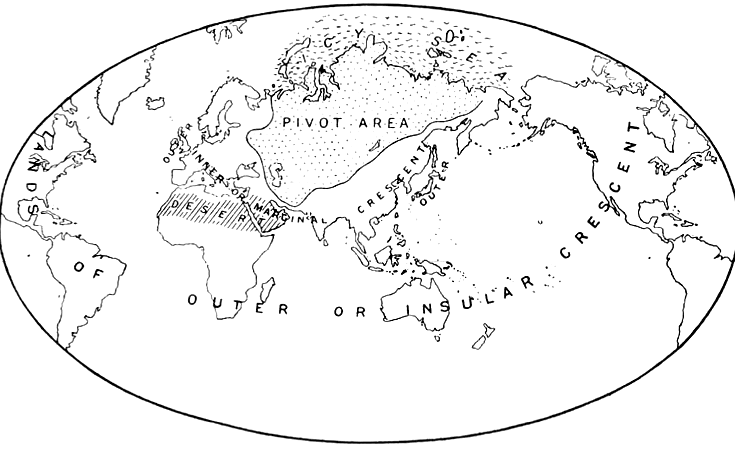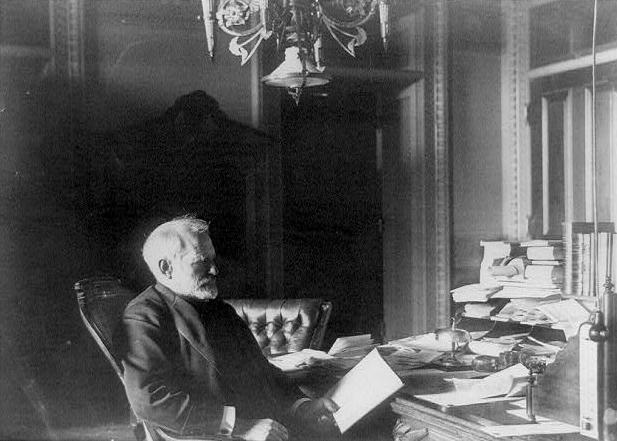

Benjamin F. Tracy, Annual Report of the Secretary of the Navy (1889)
In March 1889, a hurricane destroyed or disabled three American warships in the Samoan harbor of Apia, where they had been deployed to support the United States in a political dispute with Britain and Germany over the status of the islands. The accident left the United States without any effective naval force in the Pacific and revealed the weaknesses of the existing fleet, as the old warships had been unable to get to sea and ride out the storm. Advocates of a more assertive American foreign policy, to be underwritten by an expanded modern navy, seized upon the incident. A perfect political storm did seem to favor their cause. The new President, Benjamin Harrison, was a big-navy advocate, and for the first time since 1875, the Republican Party enjoyed clear majorities in both Houses of Congress. U.S. Navy Captain Alfred Thayer Mahan was completing his landmark book, The Influence of Sea Power Upon History: 1660-1783, and his arguments were already circulating among such influential and would-be influential figures as Theodore Roosevelt and Harrison’s Secretary of the Navy, Benjamin Franklin Tracy.




